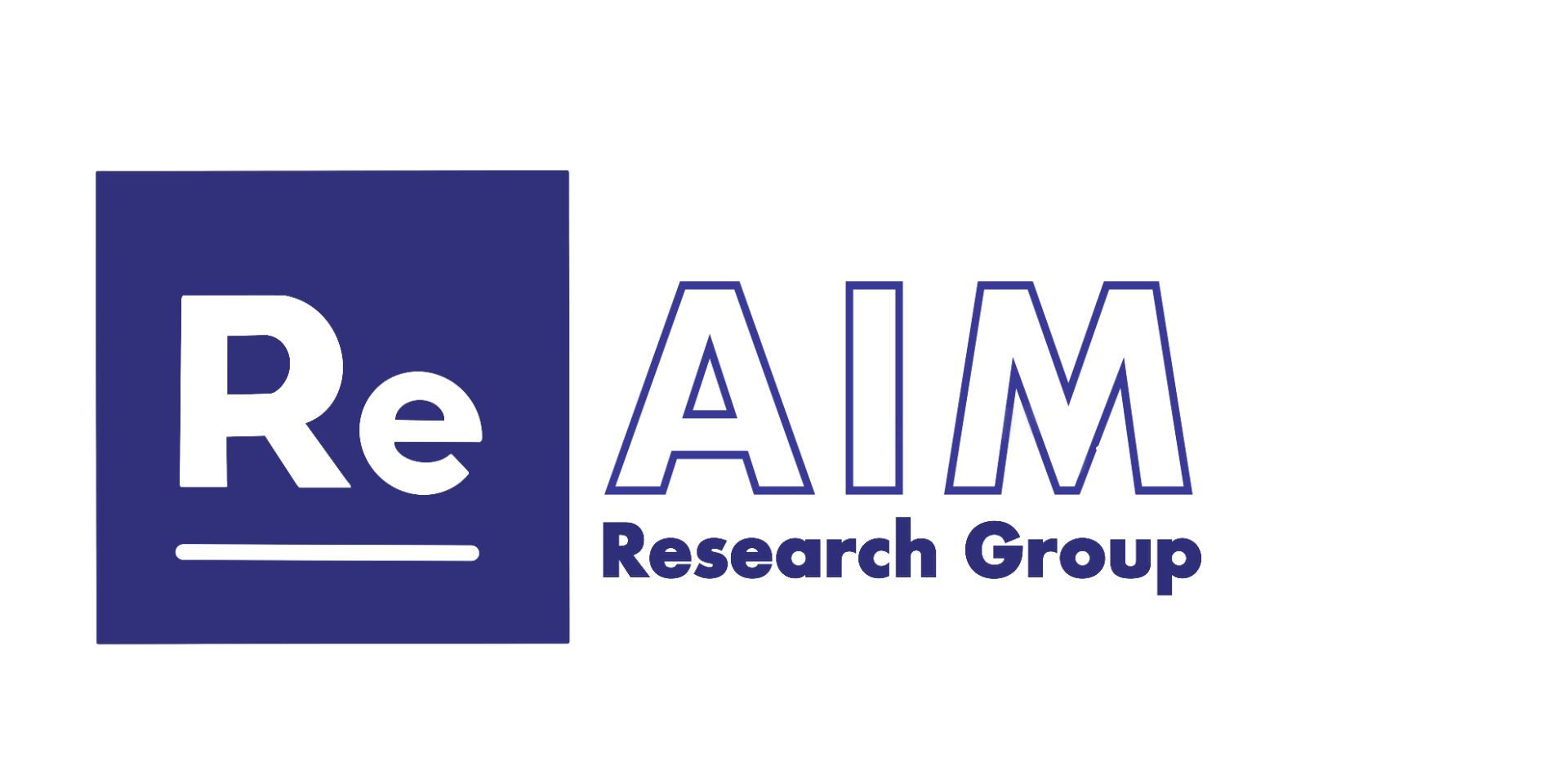Our Research
Redefining cement and concrete technologies
Research Statement
Currently, our global communities are affected by critical challenges in resource scarcity and global climate change paired with growing populations and aging infrastructure. Concrete materials are critical to the solutions of these global challenges since concrete is the most widely used construction material globally and its production is both resource and CO2 intensive. In order for concrete materials to play a critical role in solving these global challenges, we need to go beyond conventional studies and specifications of concrete materials that have relied on decades-old standardized testing and knowledge.
Drawing motivation from these challenges, our research focuses on discovering links between the chemistry of low-CO2 cements (e.g., precursor and solution chemistry, reactivity, synthesis methods, binder structure, processing conditions) and their properties and degradation performance over time with experimental and computational methods. Our main research goal is to create a unifying theory that can predict the material properties (e.g., rheology, porosity) and degradation performance (e.g., phase assemblages) over time as a function of the modern cement chemistry of low-CO2 concrete technologies relevant to engineering applications, such as additive manufacturing, corrosion-prevention of reinforced structures, materials design, and specification. By achieving this goal, we can “re-aim” current concrete specification practices and achieve better harmony between the natural and built environment.
In the pursuit of achieving this main research goal, our scientific innovations have attracted $1.2M in external funding with an additional $625k in internal funding (AY 2021-2022). The scientific innovations generated seek to map the chemistry of cementitious materials (our research goal) by discovering the links between the chemistry of low-CO2 cements and their material properties and degradation performance (our research focus). Ultimately, this innovation will underpin the development of responsive and adaptive materials for new and existing construction applications, respectively. More specifically, by leveraging the linkages between cement chemistry with their property and performance over time we can engineer materials that can respond to conditions during construction (construction phase) or adapt to existing conditions (rehabilitation phase) to extend the service life of critical infrastructure.
Research Projects
Discovering a unifying theory of low-CO2 cementitious material chemistries

[DOE NEUP] Development of Novel Corrosion-Responsive Cementitious Materials for Long-Term Immobilization of Nuclear Waste
By mapping the low-CO2 cement chemistry of new Mg-Al-Si-P cementitious materials, the goal of this project is to develop new innovative engineered cementitious barriers to extend the safe containment of nuclear waste infrastructure over long time spans. In this project we synthesize new cement chemistries for-the-first-time and characterize their phase assemblages over time with detailed assessments of their radionuclide-binding potential and reactive transport. We are also utilizing new in-situ and non-destructive testing to understand the interfacial corrosion of cements and embedded steel canisters.

[DOI NCPTT] Early-age Rheological Investigation of Purpose-Made Low-CO2 Mortars for Historic Preservation and Printing
With the investigation of the early-age (0-180 minutes) rheology of novel clay-based cementitious materials with Si-Al-C-Ca cement chemistries, the goal of this project is to link the surface cement reactions to the rheological behavior of these materials. In this project, we are comprehensively studying the cement reactions with novel cryo-based microscopy so to innovate the application of clay-based cements in repair applications as well as additive manufacturing in remote areas. Additionally, the team is investigating the environmental effects on the rheological performance of the proposed low-CO2 cements with in-situ environmental controls.

[PSU LIMC2] Adaptive Material Design of Low-CO2 and Corrosion-Resistant Cementitious Materials for Sustainable Infrastructure
In partnership with the University of Freiburg (Germany), the goal of this project is to advance the design of low-CO2 cementitious materials with specific pore solution chemistries for the formation of bio-inspired passive layers of steel reinforcement. The team is generating new in-situ and atomic-scale imaging of the passive layer formation mechanism to benchmark advanced ab-initio thermodynamic modeling. The generated material informatics knowledge seeks to improve the design and specification of low-CO2 cementitious materials with high-durability performance against corrosion of embedded steel.

[PSU MRI] Advanced Characterization of Cement Particle-to-Particle Interactions for Sustainable and Resilient Additive Manufacturing
With the utilization of novel functionalized atomic force microscopy, the goal of this project is to generate new knowledge at the micro-scale on the particle-particle frictional forces underpinning the additive manufacturing of cementitious materials. The multi-disciplinary team is currently developing new characterization tools to quantify particle effects leading to plastic failures during concrete 3D printing. The generated tribology information is sought to transform the failure prediction during printing as well as the formulation of new printable low-CO2 cementitious materials from local resources.

[PSU COE] Discovery, Development, and Characterization of Carbon Negative Cementitious Materials for Sustainable and Resilient Infrastructure
Aligned with our vision, the goal of this project is to transform current cement manufacturing technologies into carbon-negative, low-resource, and low-temperature processes. This ambitious research goal explores atomic structure modification of raw materials so to understand and innovate the binder-forming processes needed to manufacture sustainable cementitious materials. In this project, we utilize multi-disciplinary collaborations and in-situ instrumentation to discover how cementitious materials of various chemistries evolve over time.
Research Infrastructure
World-class research tools, techniques and expertise
We apply modern cement chemistry methodologies that are rooted in material science, geochemistry, civil engineering, architectural engineering, applied statistics, and computer science. The main lab is outfitted as a state-of-the-art laboratory with fume hoods, deionized water systems, temperature-controlled heat blocks, mixing plates, standard ovens, and pH/ion selective electrodes. The laboratory is unique as it houses bespoke environmental chambers with atmosphere controls to simulate in-service applications of cementitious materials. In addition, the laboratory is outfitted with TA instrument’s cutting-edge TAM Air 8-channel Isothermal Calorimeter and an HR-20 Rheometer for characterization of fresh-state properties of materials. Moreover, the laboratory has advanced multi-channel potentiostats for the characterization of degradation phenomena. All instruments are equipped with in-situ characterization capabilities. Lastly, we are affiliated with the Materials Research Institute at PennState, where we utilize advanced characterization techniques to further understand our materials work.
